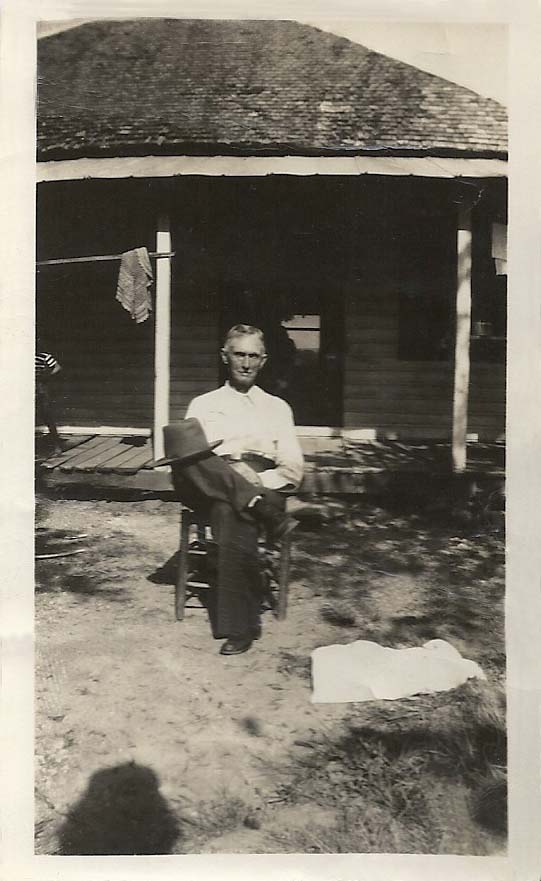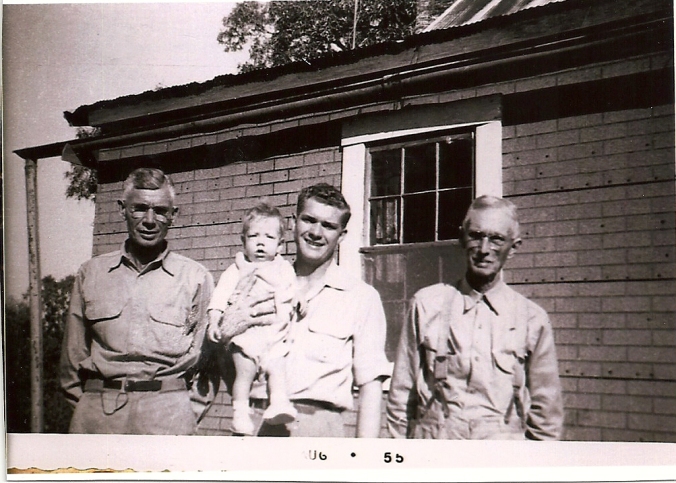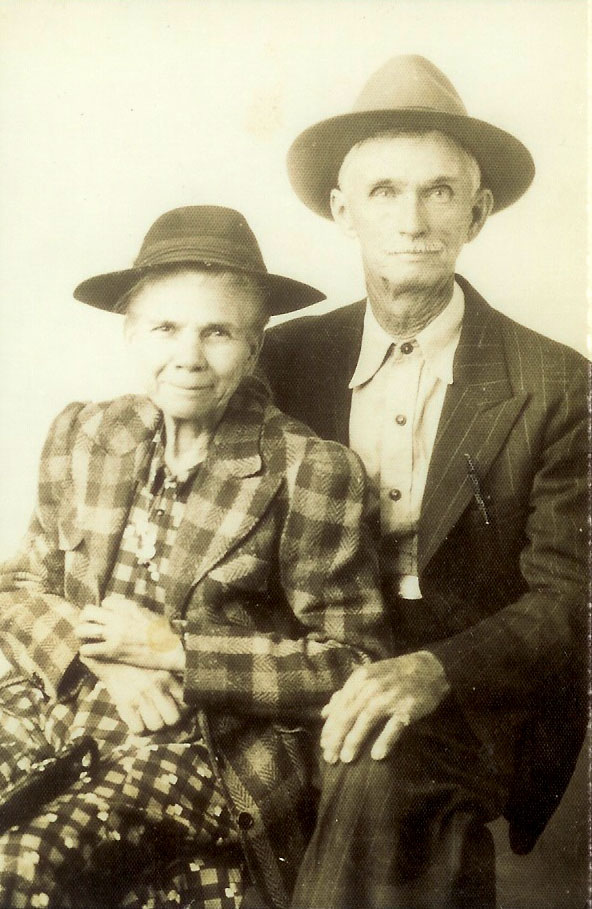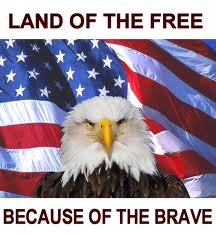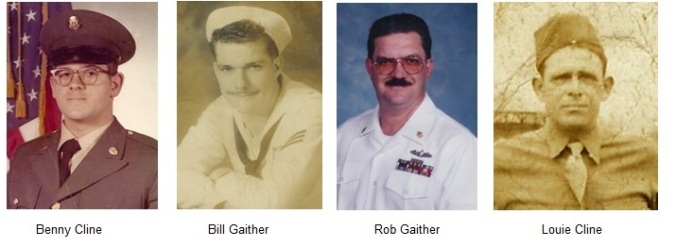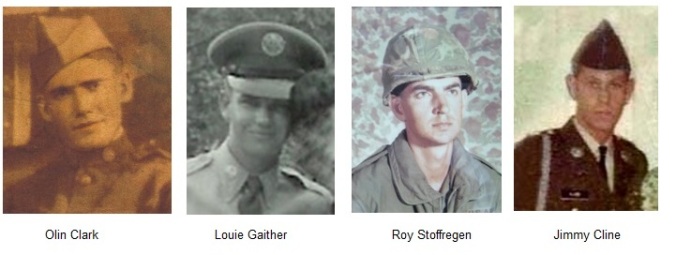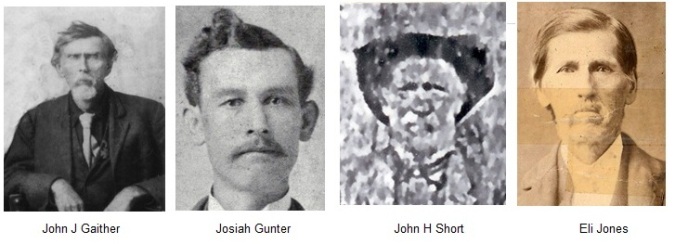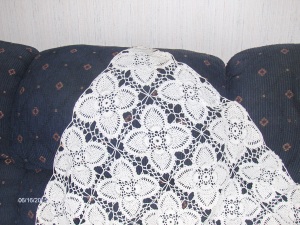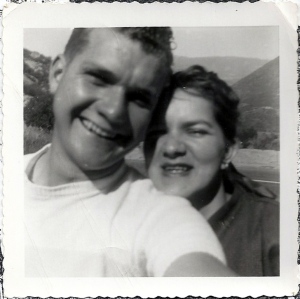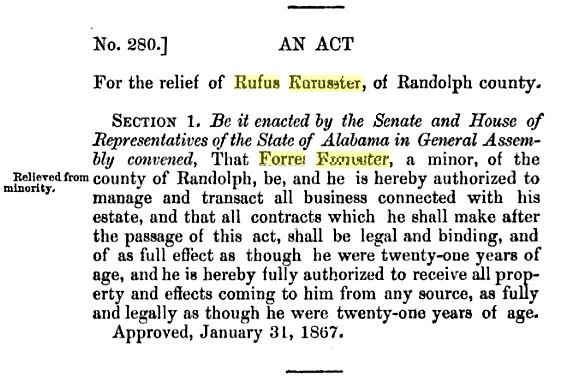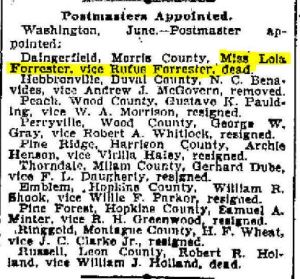My story is about a house that was home to four generations.
My grandmother was a wonder at helping me with my genealogy questions. She patiently answered questions about her parents, siblings, their children, cousins, anything I happened to ask her. One thing I never thought to ask her about was her house. It just never occurred to me. I knew she grew up in the house she still lived in, and that was enough for me. Until recently.
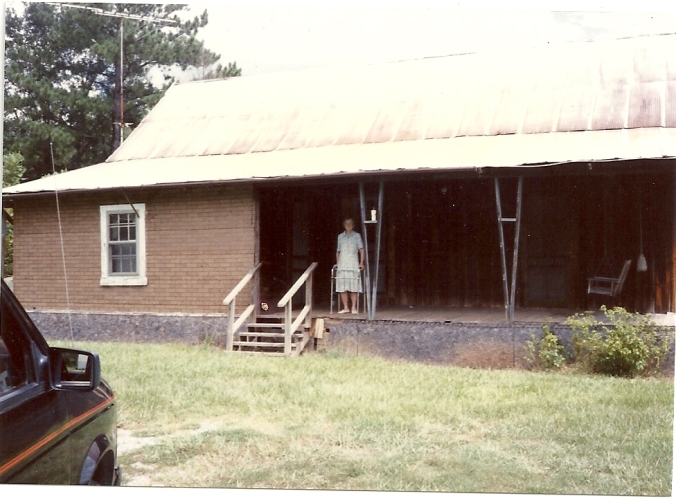
Grandma on her porch, visiting her home place, after she had to move due to declining health
Several years ago, my then 6-year-old granddaughter went with me to visit my daddy. He was not at his home in the city, he was at his ‘shop’ at the old home place. His shop was a place he had built for the many tools and machines he used for woodworking and small engine repair. He spent a lot of time at his shop, since he was not allowed to have that type of ‘noise’ inside the city limits. The ‘home place’ is located in a rural area of Talladega County, AL.
My granddaughter loved roaming the grounds and playing with his goats. Never too shy to ask questions, she asked her Papaw about the house that stood empty a few yards from his shop. Did it have a bathroom? She needed one. Once inside, she got him talking about the house. Things I had never heard and I was fascinated, and kicking myself that I had neglected to ask about it sooner.
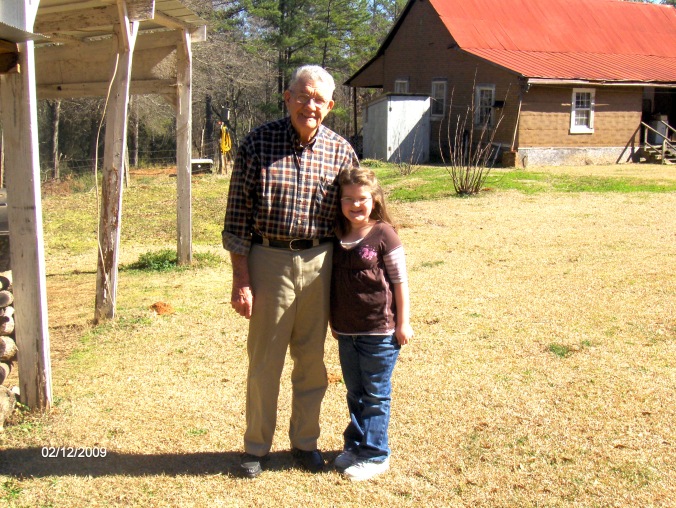
My Daddy and my Granddaughter the day I learned about the house.
Daddy told us that his ‘Grandpa’, Will Miller had built the house for his mother. It was only two rooms, with a dog-trot between them. The ‘kitchen’ area was in another building, away from the house, in roughly the same spot where his shop now stood. Through the years, the house underwent many changes. The dog-trot area was enclosed to make another room. I guess that finally explains to me why there are outside doors to each room, for a total of three in front.
A porch and another small room were added to the back of the house. Eventually, a kitchen and a porch were added to the front of the house. The kitchen and front porch were several inches lower than the original house, making a small step-up from the kitchen into the living room. I remember sitting on that step-up many nights washing my feet in a wash-basin before going to bed when I spent the night with my grandparents.
As a child, in the 1960’s, I remember lying in the feather bed looking at the stars through a few small holes in the tin roof. The holes were big enough to see the light of the stars, but small enough to keep the rain out.
The bathroom was an outhouse that stood quite a few yards away from the main house. A chamber pot resided in the corner of the bedroom, for those emergencies that couldn’t wait until morning.
The outside of the house was formed with planks of wood that were placed vertically instead of horizontally. In the early 1950’s the outside areas of the house, not protected by porch roofs, were covered with a brick-looking pattern of some type of tar paper. That covering remains on the house.
The source of water for the house was a cistern that collected rain water. Water freshly drawn from that cistern was colder than water from my refrigerator. It was extremely good on a hot summer day. A pump in the cistern allowed running water to be installed in the mid 1970’s, along with an indoor bathroom. It was finally time to say good-bye to the Sears catalog in the outhouse. (Thank goodness!)
Back to the ownership of the house. So, my great grandfather built it for his mother (and father), Frances and Jim Miller. Frances died in January 1905, so the house must have been built before that date. In 1910, Jim is living with another son in Clay Co, AL. Will Miller and his family are in another portion of Talladega Co, AL, and he is listed as owning his farm. My grandmother was less than a year old. In 1920, Will and his family are living in the town limits of Talladega. I knew my grandmother lived in town for a while as a child, and I even have the address, which coincides with the 1920 census. I do not know who lived in the house directly after Jim moved in with his son, but it is entirely possible that one of his other children lived there for a while.
From some old photos I have, it appears Will and Belle were living at the home place about 1930. Belle appears to be living in the same place in 1940, Will having died in 1935. Belle died in 1945, and I presume that is when my grandparents moved into the house, and raised their three children there.
My granddaddy died in 1981, and my grandmother, Thelma, lived there until she had to ‘break up housekeeping’, after a fall in which she broke both feet. By this time, her children were grown with grandkids of their own.

Will Miller
Will Miller built the house for his parents, Jim and Frances Miller. When they passed away, Will, his wife Belle, and their children lived there. When Will and Belle both passed away, their youngest child, Thelma, her husband Taylor Gaither and their children lived there. Thelma’s son, Bill owned the house after his parents passed away, and his nephew is the current owner. The Miller land has been divided several times over the course of years, but most important of all, it still belongs to family members.
The house is still standing, although it is in bad shape, and is currently being used for storage purposes.
This article has made me realize that my research into the records of this parcel of land has been spotty at best, and I need to focus my energy into a time line for its ownership.
After all, my father, his mother, her father and his parents- 4 generations- all lived there.

